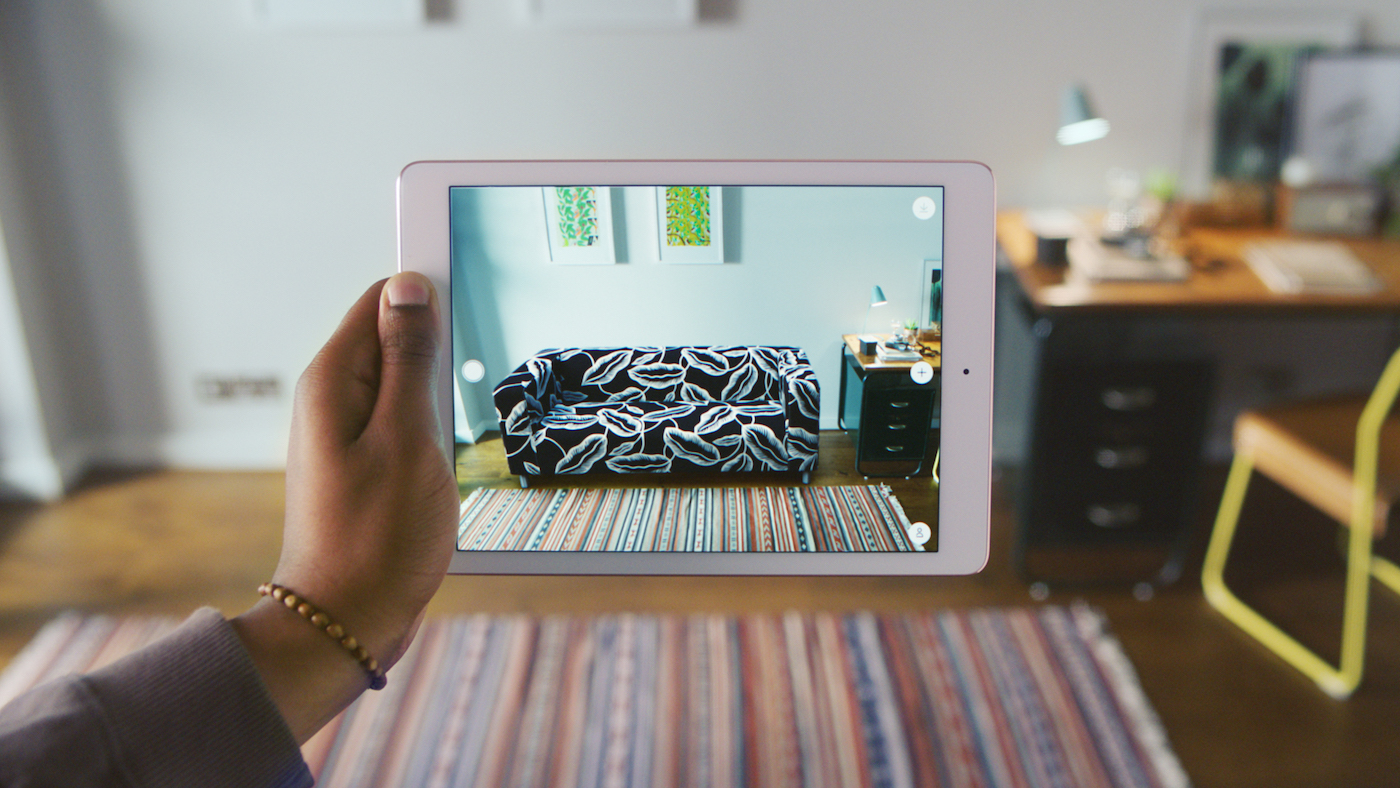5 Ways User Experience can Improve your Business Strategy and Help you Win
5 UX options businesses can choose that align with their business strategy and helps to create a successful product that resonates with customers.

User experience is like the cheese in the sandwich for new product ideas. Let me explain. In between, the primary function of your product and the strategy of your business is user experience. Your product discovery process should set you up to launch into the user experience design.
So let's start with a strategy to draw this user experience picture together. Maybe your product idea takes inspiration from Dropbox and uses a Freemium model as its principal strategy. Or perhaps your way to win is to be low-cost, like Walmart or Southwest Airlines. So you will be looking to leverage your 'Unfair Advantage' and build that into a 'Unique Value Proposition.
Your core functionality or the 'killer app' you offer is built on a clear sense of the job your customer is trying to complete - they may be looking to be healthier, have fun or be more competent. And you'll have some core features to address the need, such as collaboration tools, security or automation.
Let's say your strategy is low-cost shopping, and you will use shop functionality to help get that job done. There are so many different ways to leverage user experience to deliver a low-cost e-commerce service:
1. Minimalist design focuses on simplicity, with clean lines and uncluttered interfaces. This approach can help to highlight products and create a sense of elegance and sophistication. Examples of retailers that use minimalist designs include Muji, Everlane, and Apple.
2. Storytelling design uses a narrative to connect with customers and create an emotional connection. This approach can showcase the brand's history, highlight the product's benefits, or communicate the brand's values. Examples of retailers that use storytelling design include Patagonia, Warby Parker, and TOMS.

3. Personalization design allows retailers to tailor the customer experience to the individual, using data and analytics to create customized recommendations, offers, and content. Examples of retailers that use personalization design include Amazon, Netflix, and Spotify.
4. Gamification design uses game-like elements to engage customers and increase motivation. This approach can incentivize purchases, offer loyalty rewards, or create a sense of competition. Examples of retailers that use gamification design include Nike, Sephora, and Starbucks.

5. Augmented reality design uses technology to create immersive and interactive experiences, allowing customers to visualize products in their environment before purchasing. Examples of retailers that use increased reality design include IKEA, Home Depot, and Sephora.

As you can see, five distinct approaches to building the same low-cost e-commerce service exist.
First, consider using a personalization user experience like Amazon to drive loyalty. On the other hand, if you want to encourage deep user engagement and improve brand perception, you might consider an AR user experience.
User experience is a crucial aspect of any new product idea, serving as the cheese that binds together the sandwich of the product's primary function and the business strategy.
By building a clear sense of the job the customer is trying to complete and incorporating core features to address their needs, businesses can create a unique value proposition that sets them apart from their competitors.
Different design approaches to building a low-cost e-commerce service include minimalist design, storytelling design, personalization design, gamification design, and augmented reality design. Each method has unique benefits, from improving customer loyalty to increasing customer engagement and enhancing brand perception.
Ultimately, businesses must choose the user experience design approach that aligns with their business strategy and goals to create a successful product that resonates with customers.

